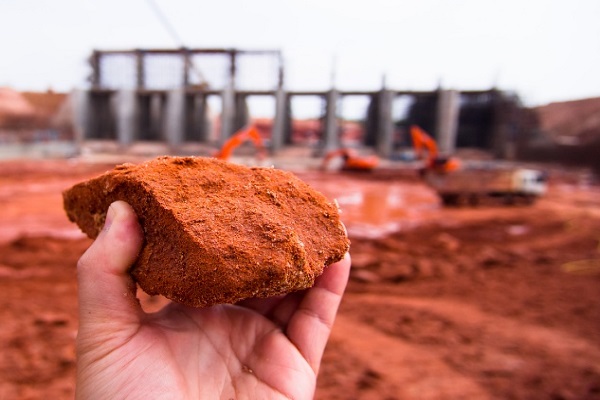1. Morphological crystallography, the main crystallographic laws. symmetry crystals of simple shapes. Miller symbols, stereographic projection, Crystal structure and separation.
2. Structural crystallography, crystal lattice, X-ray methods, identification of minerals.
3. Hazards crystallography, structure of the atom, chemical bonds, coordination numbers and polyhedra, the importance of geometric and chemical factors of various types izomorfie. Polymorphism and polytypie.
4. Physical crystallography, physical properties makrodiagnostic minerals.
5. Crystallography's Fiber, methods of determining the optical properties, polarizing microscope. The relationship of structural crystallography and optical properties.
6. Systematic mineralogy. Principle mineralogical system (Strunz).
7. Description of minerals in individual groups and their identification: - elements, sulphides
8. Description minerals and their identification: - halides, Oxides and hydroxides, nitrates
9. Description minerals and their identification: - carbonates, sulphates, Fost
10. Description minerals and their identification: - Silicates and their classification based on structure - nesosilikáty, sorosilikáty
11. Description minerals and their identification: - cyklosilikáty, inosilikáty, Phyllosilicates
12. Description minerals and their identification: - Tektosilikáty - FOID, feldspar, zeolites
13. Genetic mineralogy. Processes leading to formation of minerals and rocks in different genetic conditions. Origin of igneous minerals. Magma differentiation. Sedimentary and metamorphic origin of the minerals. Topography of the most important mineralogical sites in the country.
2. Structural crystallography, crystal lattice, X-ray methods, identification of minerals.
3. Hazards crystallography, structure of the atom, chemical bonds, coordination numbers and polyhedra, the importance of geometric and chemical factors of various types izomorfie. Polymorphism and polytypie.
4. Physical crystallography, physical properties makrodiagnostic minerals.
5. Crystallography's Fiber, methods of determining the optical properties, polarizing microscope. The relationship of structural crystallography and optical properties.
6. Systematic mineralogy. Principle mineralogical system (Strunz).
7. Description of minerals in individual groups and their identification: - elements, sulphides
8. Description minerals and their identification: - halides, Oxides and hydroxides, nitrates
9. Description minerals and their identification: - carbonates, sulphates, Fost
10. Description minerals and their identification: - Silicates and their classification based on structure - nesosilikáty, sorosilikáty
11. Description minerals and their identification: - cyklosilikáty, inosilikáty, Phyllosilicates
12. Description minerals and their identification: - Tektosilikáty - FOID, feldspar, zeolites
13. Genetic mineralogy. Processes leading to formation of minerals and rocks in different genetic conditions. Origin of igneous minerals. Magma differentiation. Sedimentary and metamorphic origin of the minerals. Topography of the most important mineralogical sites in the country.
